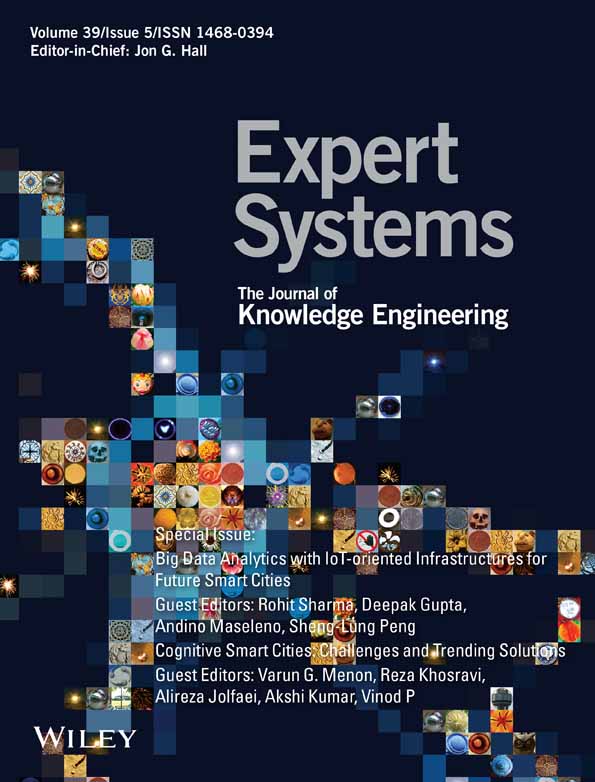LEOBAT: Lightweight encryption and OTP based authentication technique for securing IoT networks
Abstract
Authentication is one of the foremost pillars in the Internet of Things (IoT) security that authenticates the identity of a device or a person with the help of a unique identification number. If authentication is compromised then an intruder can gain access and launch a variety of attacks on the network. The world of IoT devices is benefiting us in many ways, but the vulnerability of becoming a victim of cybercrime is also increasing at a rapid pace. This research paper proposes an authentication-based solution for designing a secure communication network to ensure safe access to data and stop attackers from any unauthorized access to various IoT applications using cryptography and cloud computing. The proposed work is then compared with other popular cryptosystems such as Secure Internet of Things (SIT), Data Encryption Standard (DES) and Blowfish. LEOBAT is simulated using MATLAB and proves to be a fast and efficient authentication technique.
CONFLICT OF INTEREST
The authors declare no conflicts of interest.
Open Research
DATA AVAILABILITY STATEMENT
The data that support the findings of this study are available from the corresponding author upon reasonable request.




